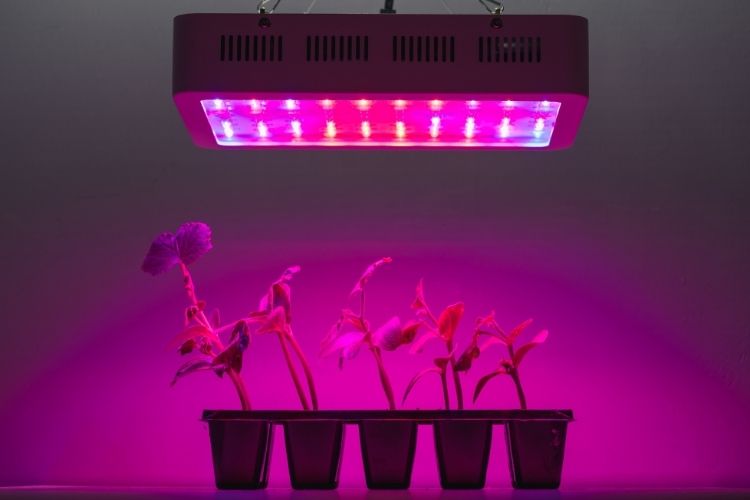Sign up for our newsletter
Get Swipe Garden's independent reviews, and expert advice sent straight to your inbox.
For information privacy practices, read our Privacy Policy.
Sign up for our newsletter
Get Swipe Garden's independent reviews, and expert advice sent straight to your inbox.
For information privacy practices, read our Privacy Policy.
Sign up for our newsletter
Get Swipe Garden's independent reviews, and expert advice sent straight to your inbox.
For information privacy practices, please read our Privacy Policy.

What are the differences between grow light vs regular light? To embark on a journey of comprehension, this comprehensive comparison endeavors to unravel the difference between these two lighting options, and explore their distinct features and unique suitability for indoor cultivation.
So, let’s embark on this enlightening exploration!
Grow lights are specialized lighting systems designed to provide artificial light that mimics the natural spectrum of sunlight, supporting plant growth in indoor environments. These lights are essential for indoor plants, hydroponics, and other cultivation methods where plants cannot receive adequate sunlight.
Here are the most commonly grow light types:

Regular lights are primarily designed for general illumination purposes, but can also be utilized to support plant growth. While not specifically tailored for plants, some common types of regular lights can still contribute to indoor cultivation.
Let’s compare these two types of lights across several important factors.
Grow lights are specifically designed to provide light in the blue and red wavelengths, which are crucial for photosynthesis. Regular lights, on the other hand, have a broader spectrum that includes yellow and green wavelengths, which are less beneficial for plants.

Grow light is generally more energy-efficient than regular light. It’s designed to convert a higher percentage of electrical energy into usable light for growing plants. Regular light, particularly incandescent light bulbs, are notorious for their low energy efficiency. They waste a significant amount of light energy as heat, resulting in higher electricity consumption and costs.
Regular light emits more heat than grow lights. This can lead to excessive heat and damage plants, while LED grow light produces less heat. minimizing the risk of heat-related plants.
Grow light tend to have longer lifespans compared to regular light. LED grow lights, are known for their impressive lifespan of tens of thousands of hours, making them an ideal choice for cost-effective and low-maintenance indoor gardening. Regular light, such as incandescent and fluorescent bulbs, have a relatively shorter lifespan. They may require more frequent replacement, resulting in additional costs and inconvenience.
Grow light offers greater control and customization options for home gardeners. Many grow lights allow for adjustable light intensity and spectral output, which can create ideal lighting conditions for different plants, including indoor plants and vegetables. Regular lights generally lack such flexibility and customization options.
When it comes to light source indoor plants, opting for grow lights vs regular lights is the clear winner. With their tailored light spectrum, impressive energy efficiency, minimal heat generation, extended lifespan, and customizable features, grow lights offer a compelling advantage for achieving thriving and vibrant plants in a home-growing garden.
FAQs
<strong>What are the essential features to consider when choosing to grow lights?</strong>
When choosing grow lights, there are several essential features to consider: Light spectrum, energy efficiency, light intensity, durability, heat dissipation, and customization.
<strong>How long should grow lights be used per day?</strong>
The duration for which grow lights should be used per day depends on the specific plants being cultivated. As a general guideline, most plants require around 12 to 16 hours of light per day during the vegetative stage and 8 to 12 hours during the flowering stage.
<strong>Does grow light emit harmful radiation?</strong>
No, grow lights, particularly those utilizing LED technology, emit minimal to no harmful radiation. Unlike certain types of regular lights, such as ultraviolet (UV) or high-intensity discharge (HID) lights, quality LED grow lights are designed to emit without harmful radiation.
Related posts: